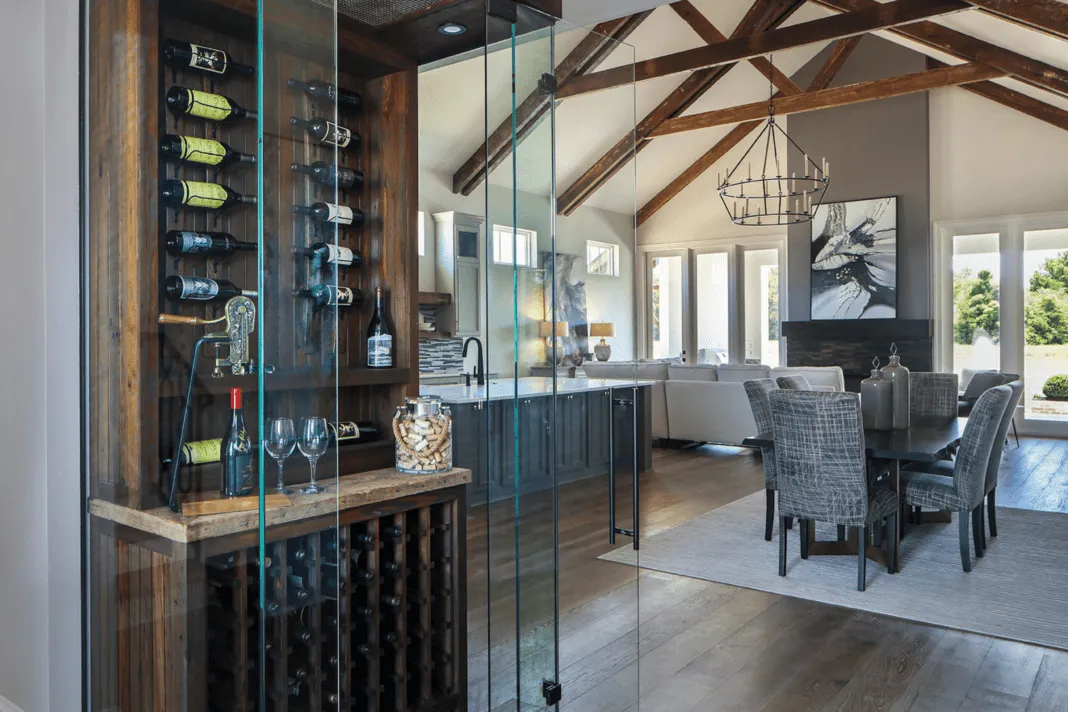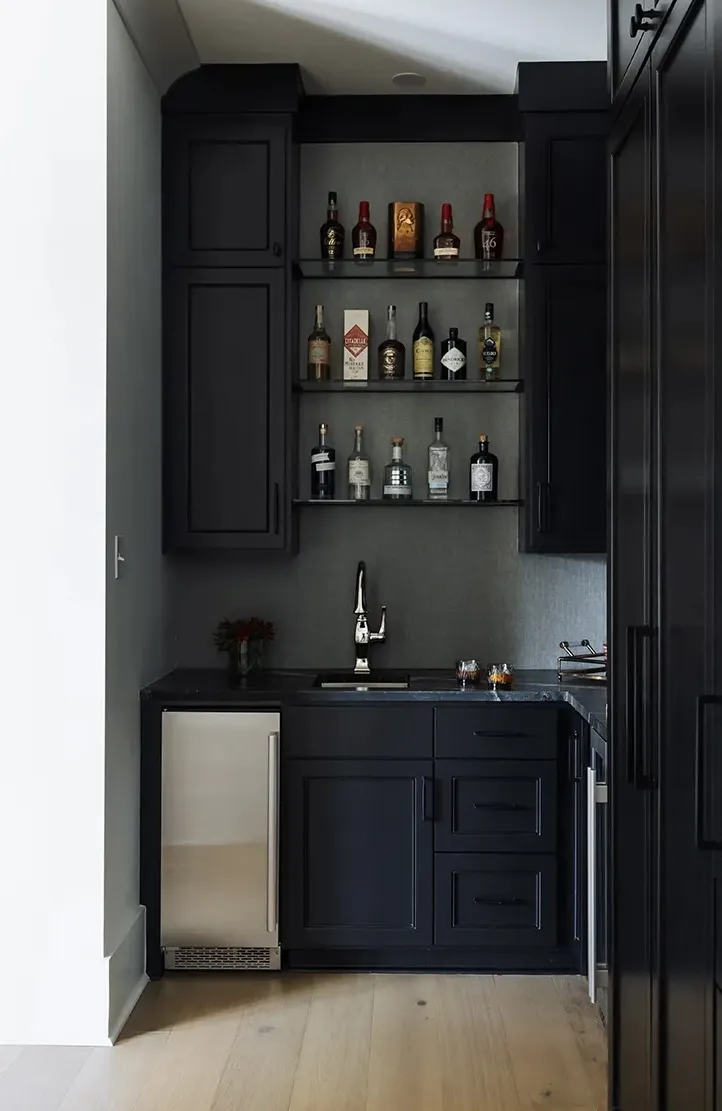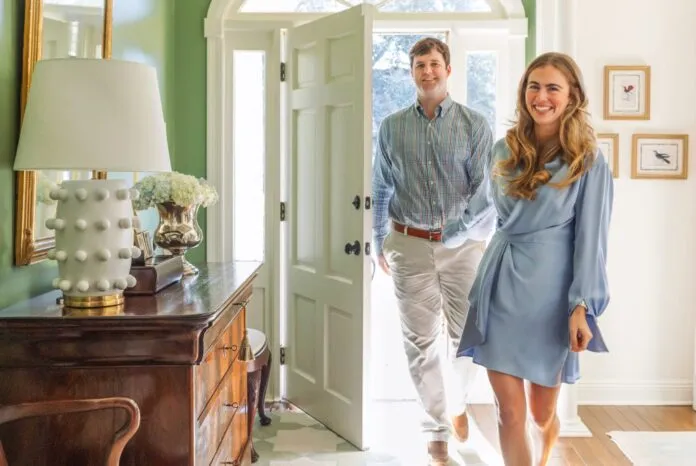The essential home bar
Sponsored by The Front Door
Living in Louisiana, there are a few things that are essential to our daily joie de vivre: football, food and a good drink! It’s a rare home that doesn’t take all of these things seriously — especially the perfectly curated home bar.
The types of home bars are as varied as the number of cocktails that might come from them.
“Whether it be a simple space for an occasional bottle of wine or a service bar that might be the envy of any corner bar, the design of the bar is vital to making sure that you get exactly what you need,” says Dwayne Carruth, of residential architecture firm The Front Door.
Dividing the types of bars into a few categories can help the owner determine what type of bar is best. Carruth says options include the basic bar, the mid-range all-encompassing bar and the elaborate entertainers’ bar.
The basic home bar can be as simple as a countertop. Allowing for some upper and lower storage will add to the function of this space and keep the counter open. A single drawer for bottle openers and bar accessories is necessary to keep the counter clean and functional. Upper cabinets or shelves for glass and bottle storage is also essential for these smaller spaces.
The best location for the basic bar is typically close to the kitchen or dining area. It should be easily accessible for guests to serve themselves. Smaller versions might show up in bedroom suites as well. The function of this space might also be expanded with the addition of coffee makers and related items for a more multipurpose function. The basic bar can range from 24 to 60 inches in width.
The basic bar can be expanded into the larger all-encompassing bar. The addition of wine or beer refrigeration, expanded liquor storage and sinks all depend on the needs of the homeowner and what variety is needed. The general wine drinker might only need an under-counter wine chiller while a more experienced cocktail drinker might need more general-purpose refrigeration for mixers, garnishes and ice (which is a whole conversation in itself).
Allowing for a larger variety of glassware and cocktail ingredients is important in the creation of the larger bar. These bars are more likely to serve as a feature item in the home and may be in a more focal location. Designating an area that would work well for entertaining without disrupting party flow is important. The expanded bar typically ranges from 48 to 120 inches in width.
More elaborate bars can quickly become a central feature to a home. Located in more prominent areas, these bars can accommodate full entertainment service features and include the most amenities. Allowing for a full range of appliances is as important as enhanced storage. Display shelving and hidden storage should both be included for a wider variety of liquors and glassware. Often, these bars include barstools or larger seating areas and are easily accessible to custom wine storage, outdoor areas or cozy dens.
“At The Front Door, we have experience incorporating each of these home bars into the design of any new home,” Carruth says. “Providing the full range of residential architecture services has been a specialty of The Front Door for almost three decades. Understanding the functions, best location and intricate design details is what can take your home and bar to the next level and make this seemingly simple feature truly special.”
Are you ready to take the next step in creating your home bar — and the house to surround it? Schedule an appointment today with The Front Door, which has offices in Baton Rouge and New Orleans.

















